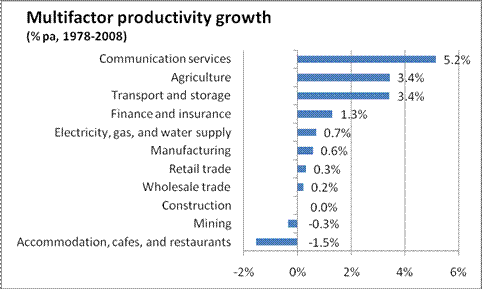Cutting the dead wood
Canterbury researchers have recently announced plans to build a robot that prunes grape vines. With unemployment currently at high levels any innovation that saves labour is likely to be met with some scepticism. But we need to look beyond our current circumstances. Innovation improves productivity and competitiveness which drives economic growth, which in turn fuels improvements in living standards. The Canterbury project is an outstanding model of how to bridge the divide between industry needs and academic research and become more productive and therefore more competitive.
The robot is being developed by a group of scientists at Canterbury and Lincoln University. It will move at walking pace down vineyard rows pruning and tidying up as it goes. It will be able to recognise plant features and synchronise multiple cameras and high-speed robot arm pruners. Not only will it cut out the laborious chore of pruning but will achieve a higher quality than a manual pruner by pruning consistently and accurately while recognising disease and age of vines.
The new invention will considerably improve productivity in the viticulture sector by reducing the cost of pruning vines by $27 million annually and improving the quality of pruning. It will help build on the strong productivity growth achieved by agriculture in an economy which has been characterised by low productivity growth. It has been such innovations that have helped the New Zealand agricultural sector shine as a productivity leader. Over the past 30 years the agricultural sector has achieved average productivity growth of 3.4%pa compared with an average of 1.1% among industries for which productivity is measurable (see chart).
By replacing manual pruning the robot will ease the viticulture industry’s reliance on an unreliable source of unskilled labour and will provide the sector with a guarantee that pruning will be done in the very brief seasonal window each year. Job losses in today’s economy may not sound attractive but by the time the robot is ready for full production we are likely to be back in the thick of skill and labour shortages. A shortage of low skilled labour has been the bane of the sector with too few Kiwis willing to do unskilled agricultural work and the government for a long time reluctant to let in unskilled foreigners. Shortages will become an increasingly permanent feature of our labour market as our workforce ages. Technology that alleviates these shortages and that contributes to the creation of new higher skilled positions in the manufacture of high tech products will be welcome.
Not only will the new product improve productivity among grape growers it will contribute to New Zealand’s growing export market in technology associated with agriculture. The new product will be in commercial production in four years time and will be exported to other grape producing countries. It will be manufactured in New Zealand and its developers forecast that it will earn over $200 million per annum in export earnings within 10 years of entry into the market. It makes sense to leverage off what we do best, agriculture, and produce high value added niche products.
Innovation is often a response to a business need to become more productive and more competitive. In this case, the universities responded to a need expressed by the viticulture industry with government coming to the party with a research and development grant of nearly $3 million from the Foundation for Research, Science and Technology. And research in New Zealand shows that it is this type of innovation rather than public sector lead innovation that leads to significantly improved productivity.
With initiatives such as this it may come as a surprise that New Zealand ranks poorly on world innovation charts. Despite all the talk of kiwi ingenuity the World Economic Forum ranks New Zealand 27th in the world for innovation as measured by patents and spending on research and development. This is the fourth lowest ranking for any advanced economy. The organisation identified the lack of innovation as one of the key weaknesses in the New Zealand economy despite the high quality of our scientific research institutions which rank high on the international chart.
The pruning robot project demonstrates how business, academia and government can work together. To succeed locally and compete globally our companies must find new ways to increase productivity through innovation, but creating an environment where innovative thinking can be supported and thrive is the greatest challenge. There is no single, best method for converting ideas, knowledge and research into market competitive goods and services but this endeavour in Canterbury shows how it can be achieved.










